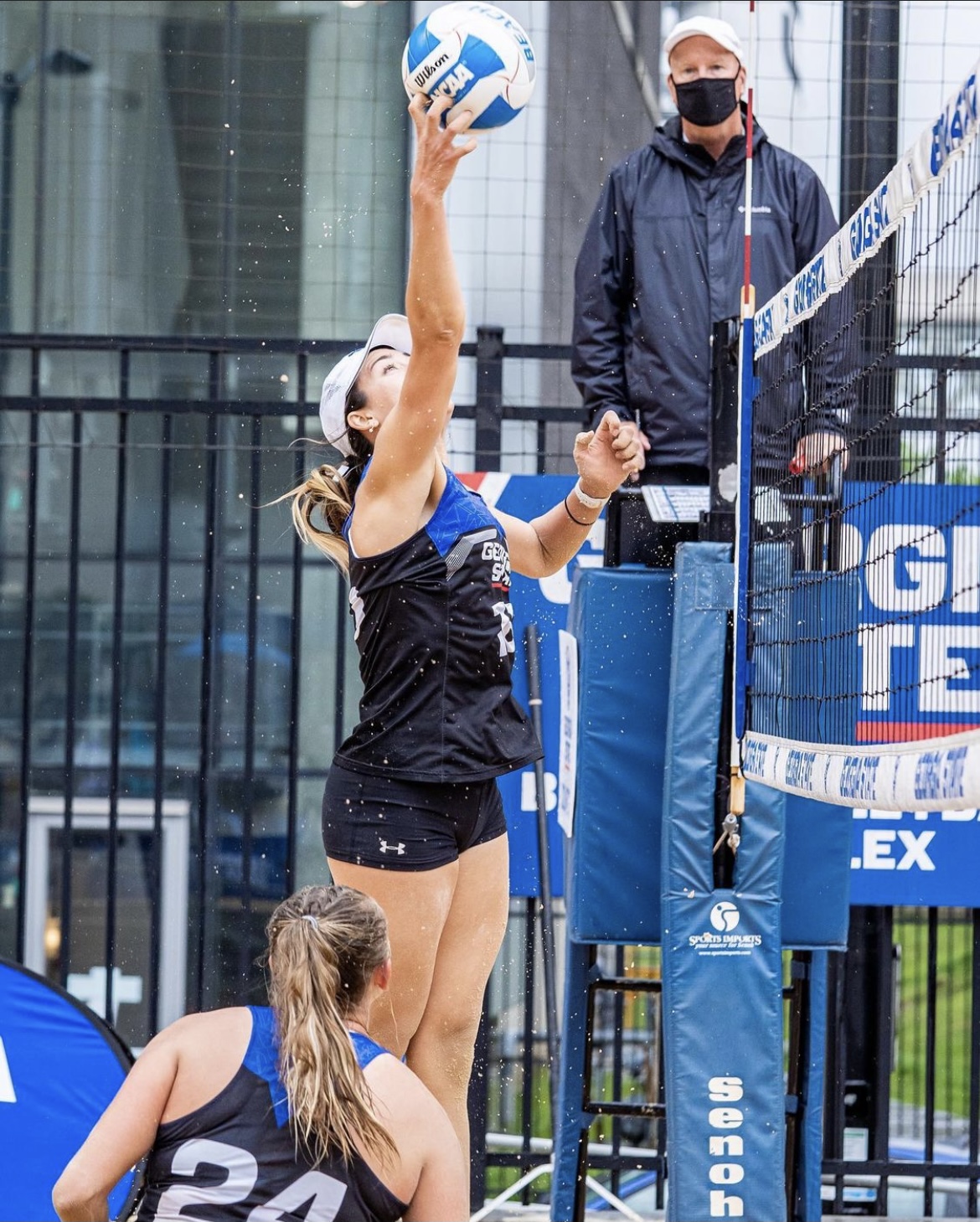
There is no lack of women’s sports events to attend and support.
We have seen women like Suni Lee, Sha’carri Richardson and Naomi Osaka make great strides in their sport over the past year. However, the media’s underrepresentation of women’s sports is still present.
The latest study of sports coverage, done in 2019, showed that 95% of televised sports coverage focuses on men’s sports.
Michael Mensser, a Sociology and Gender Studies major at the USC Dornsife College of Letters, Arts and Sciences, explained that critical components of the “larger media apparatus” help build an audience for a sport is television coverage.
With more media coverage comes more publicity, more sponsorship opportunities and ultimately more opportunity for success. Yet, television news on women’s sports remains low and inconsistent.
Mensser explains the idea of the ‘big three’ in men’s sports—football, basketball and baseball—and how the media puts most of its attention into them.
In contrast, women’s sports continue to receive less time on-air, little opportunities, smaller salaries and little respect as athletes compared to men.
In March 2021, 68 men’s NCAA basketball teams and 68 women’s NCAA basketball teams began one of the most anticipated sports tournaments of that spring, March Madness.
Companies give collegiate male athletes March Madness merchandise, hotel rooms, weight rooms and extravagant dining.
Still, on Mar. 18, during the 2021 tournament, the sports performance coach at Stanford University, Ali Keshner, revealed the shocking and discriminatory acts toward the women’s basketball teams.
While the men’s basketball teams got to take advantage of their total weight room with over nine squat racks, bench press machines, a practice court and more, organizers left the women’s teams with a practice court and only six sets of dumbbells.
While the men’s teams had buffet-style trays filled with macaroni and cheese, seafood, and chicken, the women’s teams were given small to-go boxes with potatoes and vegetables.
The list of massive disparities continues beyond the 2021 March Madness tournament. The average salary of an NBA player is over $8,000,000, while the average salary of a WNBA athlete is about $75,000.
The top 200 men in any sport have an average $1,000,000 salary, which is 25% less than the top 200 women in any sport who averaged about $800,000.
The inequality begins and ends with publicity.
We need to continue to bring attention to the unbalanced nature of athletics regarding gender equality. We need to push for more media coverage, respect and equal opportunity for female athletes.
By following accounts including @espnw on platforms like Instagram and Twitter, tuning into the women’s sporting events broadcasted online and on television, and ultimately showing up for women’s sports, we can contribute to getting women’s sports the attention it deserves.
This spring, we can start at Georgia State by supporting our women’s track and field, softball and tennis teams. You will also find that women’s sports are just as exciting, intense, and fun to watch as men’s sports.
